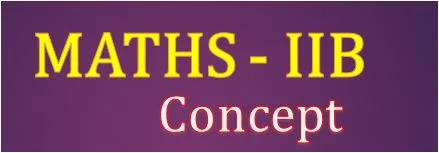TS 10th class maths concept and formulae
10th class maths concept and formulae 10th Class Maths, Are you a student gearing up for your 10th-grade mathematics exam? Perhaps you’re feeling a bit overwhelmed by the myriad of concepts and formulas you need to grasp. Fear not! In this blog post, we’ll break down some of the fundamental concepts and essential formulas you […]










